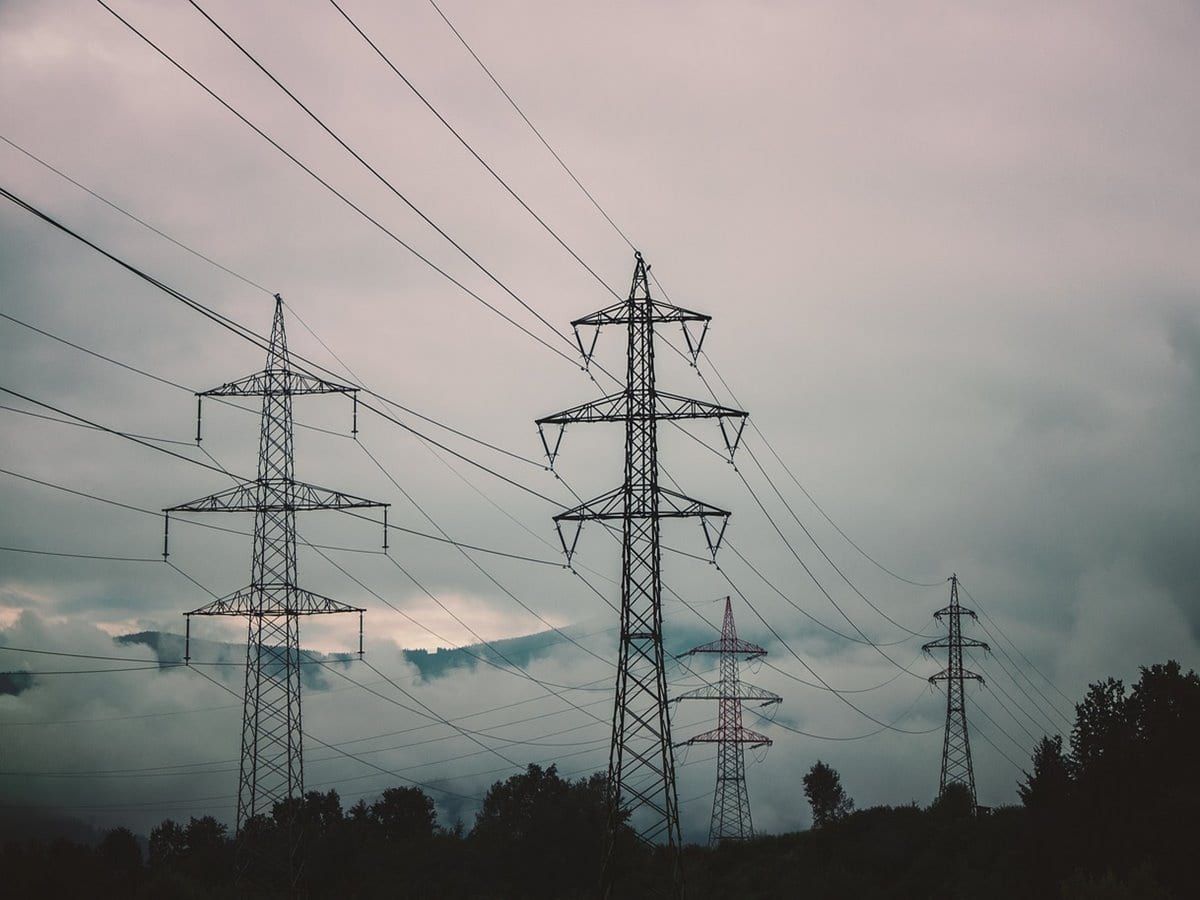National Electricity Plan: A Revolutionary Step Towards India’s Energy Future
The Indian government has introduced an ambitious National Electricity Plan aimed at enhancing its energy infrastructure significantly over the next nine years. With an investment of over ₹9.15 lakh crore, this comprehensive strategy intends to expand the electricity transmission line network by 33%, thus paving the way for a more robust and efficient energy system.
Key Features of the Plan
The National Electricity Plan, which spans from 2023 to 2032, focuses on strengthening both central and state transmission systems. The planned transition will elevate the transmission network from 4.85 lakh circuit kilometers (CKM) to 6.48 lakh CKM. This move is designed to accommodate an expected peak electricity demand of 458 gigawatts (GW) by 2032.
| Aspect | Current Capacity | Planned Capacity by 2032 |
|---|---|---|
| Transmission Network | 4.85 lakh CKM | 6.48 lakh CKM |
| Transformation Capacity | 1,251 GVA | 2,342 GVA |
| Peak Electricity Demand | — | 458 GW |
Renewable Energy Focus
A significant aspect of the new plan is its focus on integrating renewable energy sources into the transmission network. This initiative aims to facilitate the transition to a greener energy landscape while also making provisions for green hydrogen, which is an emerging alternative fuel globally.
Transformational Goals
The Union Minister of Power and Housing and Urban Affairs, Manohar Lal Khattar, emphasized that under Prime Minister Narendra Modi’s leadership, the Ministry of Power has recorded substantial achievements within the initial 100 days of the new government. The Ministry’s vision is centered around not only enhancing the energy infrastructure but also boosting capacity and solidifying international connections.
Enhancements to Transmission Capacity
The National Electricity Plan outlines the addition of nine high voltage direct current (HVDC) lines, which will bring a total capacity of 33.25 GW. Moreover, the inter-regional transfer capacity is set to rise from 119 GW to 168 GW, significantly improving the ability to transmit electricity across different regions.
Meeting Growing Demand
This initiative will play a crucial role in satisfying the escalating demand for electricity, especially by facilitating renewable energy integration into the grid and supporting the infrastructure necessary for green hydrogen utilization.
Investment in Infrastructure
As part of the scheme, an impressive 50 GW of Inter-State Transmission System (ISTS) capacity has been approved. Overall, a total of 335 GW of transmission network is planned, primarily to accommodate 280 GW of variable renewable energy (VRE) slated for delivery to the ISTS by 2030. Of this target, 42 GW has already been completed, with 85 GW currently under construction and 75 GW in the tendering phase. The remaining 82 GW is expected to be approved in due course.
Market Response
The announcement of the National Electricity Plan has positively impacted the stock market, particularly for companies like Power Grid and CESC. Power Grid shares closed at ₹363.75, reflecting an increase of ₹13.70 or 3.91%. Similarly, CESC shares ended the day at approximately ₹206, up by ₹5.18 or 2.58%. This surge is indicative of investor confidence in the projected growth of the energy sector.












